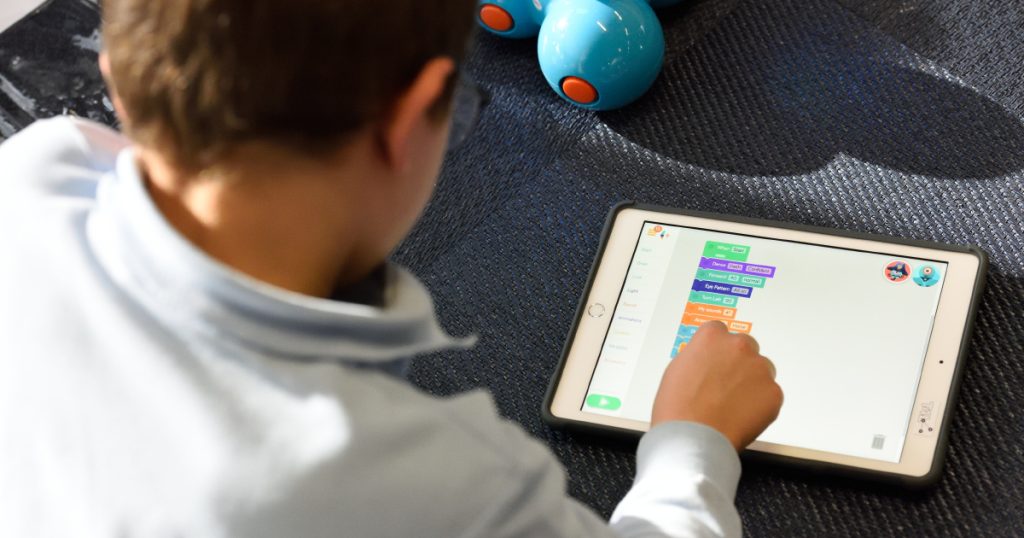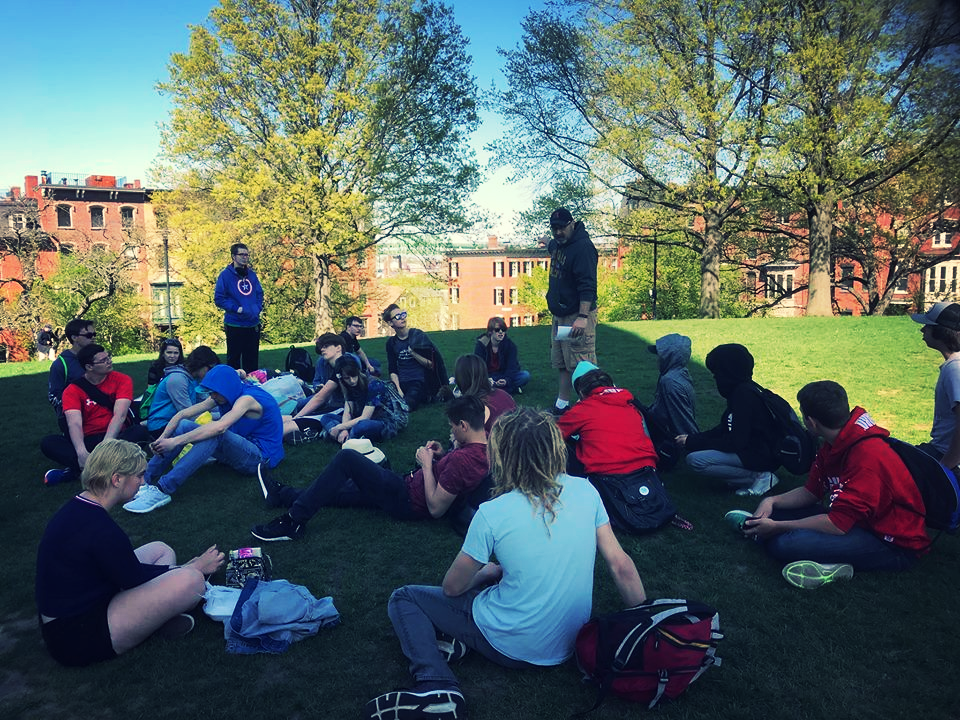Minnesota students will resume learning this fall under the state’s Safe Learning Plan, announced last Thursday, which provides schools and districts guidance and local flexibility for reopening. What that learning looks like will vary greatly—and is subject to change as the Covid-19 pandemic persists.
Possible learning models presented by Governor Walz and state commissioners Thursday range from in-person instruction for all students, to full distance learning, with a mix of hybrid options in between. Schools and districts, informed by scientific data on Covid-19 prevalence within the local county, will determine which plan will keep students and staff safe while prioritizing in-person learning as much as possible.
Families can opt for distance learning regardless of their school’s selected learning model—an option which schools and districts must guarantee. Namely, for students with health conditions that put them at elevated risk from Covid-19, or who live with someone with comorbidities, in-person school may simply be too dangerous.
Practically speaking, continued community spread of coronavirus could mean that many schools stay closed. Were the academic year to start today, at least a dozen Minnesota counties might be advised not to open schools based on thresholds for the rate of viral activity named in the Safe Learning Plan.
Teachers say relationships the key ingredient for successful distance learning
“This spring, our educators had eight days to reinvent the way they met the needs of students,” said Commissioner of Education Mary Cathryn Ricker at Thursday’s announcement. Ricker echoed the sentiment of the governor, who admitted that while distance learning was not perfect, it was not for a lack of effort from teachers. “As a teacher myself, and as the governor knows from his time in the classroom, educators are natural innovators.”
We spoke with a number of these innovative educators to ask them their key lessons learned from distance learning in the spring. The predominant theme that emerged: focus on relationships, which are more important than ever.
Researchers and practitioners have long known learning is better when students develop strong relationships with other students and with adults who care about them, believe in their potential, and hold them to high expectations. This is very challenging across distance. But not impossible.
“We’re already operating in that realm of relationships and knowing our kids really well, but distance learning throws you for a loop,” said Krissy Wright, director of Jennings Community School in Saint Paul.
Wright said Jennings is a safe space for students, and distance learning needs to be too. “It’s about having those social spaces. We not only offer them; students ask for them if they don’t have them. If you can make students comfortable, you can find the space to reach deeper understanding and deeper learning.”
Robert Kohnert, a social studies teacher at Southwest High School in Minneapolis, checked in with his students each day this spring asking, “How are you feeling? What are the challenges you’re facing? How can I support you?”
Many of Kohnert’s students were the main financial providers for their families, or had taken on the role of caretaker for younger siblings amidst school closures, or were immigrants who did not qualify for federal CARES Act economic relief payments.
“It’s okay if this isn’t perfect,” Kohnert reassured his students, recognizing the burden they carried. They needed flexibility and understanding before learning could take place.
At EdVisions Off Campus, an online Minnesota public school serving grades 7-12, students and teacher-advisors gather live daily. These small group advisories of 10 to 16 students are a chance for casual conversation and checking in on each other’s goals.
Students also meet with advisors one-on-one several times a week. Traditional school schedules leave little room for these sorts of sessions, but at EdVisions Off Campus facetime is critical to relationship building.
And students find ways to connect outside of formal check-ins. Cathy Diaz, co-director of the teacher-led EdVisions, shared, “Students from separate advisories who’d never had seminars together reach out and find each other.”
Despite risks, in-person learning is a high priority
“School is a place where relationships matter,” Commissioner Ricker contended. “And for some students, our school buildings may have been the place where they felt safe; or may have been the place where they received a meal they could count on.”
Schools regularly meet students’ health and safety needs. But the pandemic is a direct challenge to those basic conditions—whether from the threat of the virus or the mental impact of navigating daily life through a crisis.
While in-person school offers students some level of security, it is impossible to meet certain foundational needs without counteracting others right now. This catch-22 is even more pronounced for students of color, who have the most to lose when schools close but whose families and communities already bear a disproportionate share of coronavirus infections.
“Our kids learn best when they can be in a classroom. This is especially true when it comes to students who come from underserved communities,” said Lt. Governor Peggy Flanagan, while conceding the decision to allow schools to reopen was extraordinarily difficult.
Ultimately, the responsibility lies on all of us to reduce the spread of infections such that in-person learning is once again safe for all students. Please continue to practice social distancing, wear masks, and follow other precautions as outlined by the Department of Health. For the safety of yourself, your loved ones, and for the students in our region who all deserve an equitable education.

